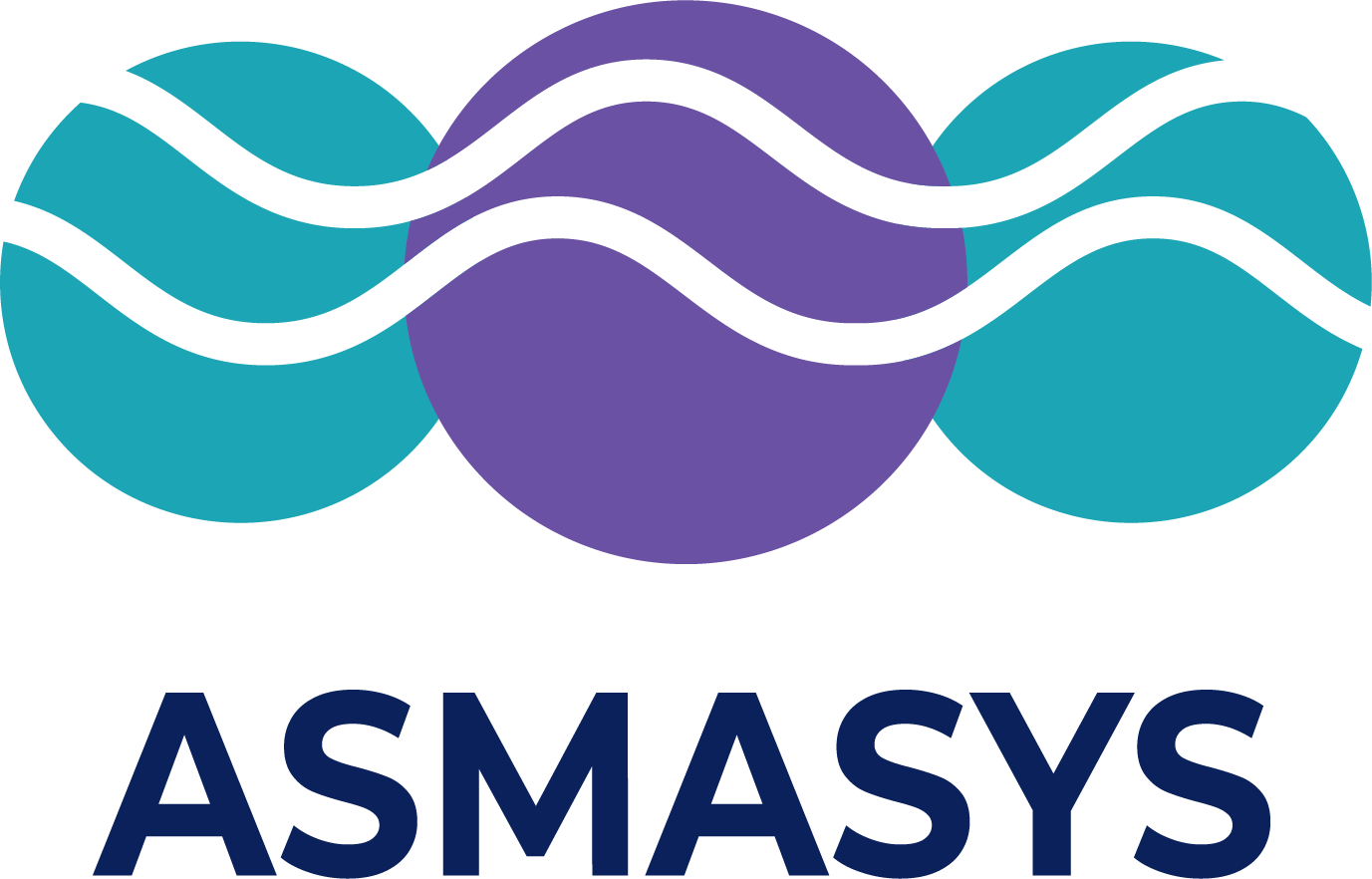References
Forster, J., Vaughan, N.E., Gough, C., Lorenzoni, I., & Chilvers, J. (2020), Mapping feasibilities of greenhouse gas removal: Key issues, gaps and opening up assessments. Glob. Environm. Change, 63, 10273. http://doi: 10.1016/j.gloenvcha.2020.102073
Geden, O. (2016), The Paris Agreement and the inherent inconsistency of climate policymaking. WIREs Climate Change, 7, 790-797.
IPCC, (2018), Global Warming of 1.5°C. An IPCC Special Report on the impacts of global warming of 1.5°C above pre-industrial levels and related global greenhouse gas emission pathways, in the context of strengthening the global response to the threat of climate change, sustainable development, and efforts to eradicate poverty. (Masson-Delmotte, V., P. Zhai, H.-O. Pörtner, D. Roberts, J. Skea, P.R. Shukla, A. Pirani, W. Moufouma-Okia, C. Péan, R. Pidcock, S. Connors, J.B.R. Matthews, Y. Chen, X. Zhou, M.I. Gomis, E. Lonnoy, T. Maycock, M. Tignor, and T. Waterfield (eds.).
Jewell, J. & Cherp, A. (2020), On the political feasibility of climate change mitigation pathways: Is it too late to keep warming below 1.5C?. WIREs Climate Change, 11, e621. https://doi.org/10.1002/wcc.621
Waller, L., Rayner T., Chilvers, J., Gough, C.A., & Vaugahn, N. (2020), Contested framings of greenhouse gas removal and its feasibility: Social and political dimensions. WIREs Climate Change, 11, e649. https://doi.10.1002/wcc.649
